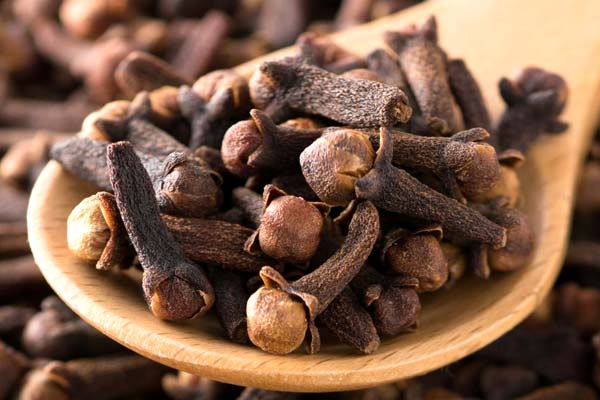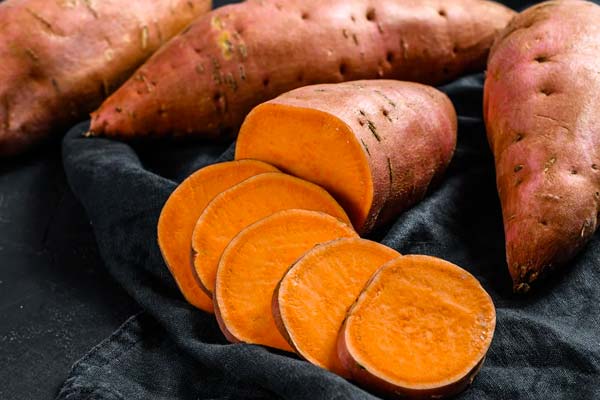هل الإفراط في تناول الطعام يزيد الوزن؟ الإجابة من الخبراء
يتساءل الكثير من الأشخاص عن مدى تأثير الإفراط في تناول الطعام على زيادة الوزن، وهو ما يعد موضوعاً مثيراً للجدل في عالم الصحة والتغذية. وفقاً للأبحاث العلمية، فإن الإفراط في تناول الطعام ليوم واحد لن يؤدي إلى زيادة الوزن، ولكنه يمكن أن يسبب تأثيرات سلبية على الجسم.
يؤكد الخبراء أن الإفراط في تناول الطعام بشكل متكرر هو ما يؤدي إلى زيادة الوزن، حيث يتم تخزين السعرات الحرارية الزائدة في الجسم على شكل دهون. وعلى الرغم من أن الإفراط في تناول الطعام ليوم واحد لن يؤدي إلى زيادة الوزن، إلا أنه يمكن أن يؤثر على عملية الهضم ويسبب مضاعفات صحية خطيرة.
يعد الإفراط في تناول الطعام من المشكلات الغذائية الشائعة في العالم، ويمكن أن يكون له تأثيرات سلبية على صحة الإنسان. وبالرغم من أن الإفراط في تناول الطعام ليوم واحد لن يؤدي إلى زيادة الوزن، فإن الإفراط المستمر يمكن أن يسبب زيادة الوزن والعديد من المشاكل الصحية المرتبطة بها.
العلاقة بين الإفراط في تناول الطعام والوزن
الإفراط في تناول الطعام يمكن أن يزيد الوزن، وذلك بسبب زيادة السعرات الحرارية التي يتم تناولها بشكل زائد عن الحاجة اليومية للجسم. وعندما يتم تناول السعرات الحرارية بشكل زائد، فإن الجسم يخزن هذه السعرات الحرارية كدهون في الجسم، مما يؤدي إلى زيادة الوزن.
السعرات الحرارية
تحتوي الأطعمة على سعرات حرارية مختلفة، ويتم حساب السعرات الحرارية بناءً على محتوى البروتين والدهون والكربوهيدرات في الطعام. وعندما يتم تناول الطعام بشكل زائد، فإن الجسم يحتفظ بالسعرات الحرارية الزائدة كدهون في الجسم، مما يؤدي إلى زيادة الوزن.
يجب تحديد الاحتياجات اليومية للسعرات الحرارية بناءً على العمر والجنس ومستوى النشاط البدني، وتناول الطعام بشكل متوازن ومتنوع لتلبية هذه الاحتياجات. ويجب تجنب تناول الأطعمة العالية بالسعرات الحرارية بشكل زائد، مثل الأطعمة الدهنية والحلويات.
لا يعني ذلك أن يتم تجنب هذه الأطعمة تمامًا، فالتمتع بالأطعمة اللذيذة يعد جزءًا من الحياة الصحية. ولكن يجب تناول هذه الأطعمة بشكل معتدل وبشكل متزايد.
الخلاصة
يمكن أن يؤدي الإفراط في تناول الطعام إلى زيادة الوزن، وذلك بسبب زيادة السعرات الحرارية التي يتم تناولها بشكل زائد عن الحاجة اليومية للجسم. ويجب تحديد الاحتياجات اليومية للسعرات الحرارية وتناول الطعام بشكل متوازن ومتنوع لتلبية هذه الاحتياجات.
تأثير الإفراط في تناول الطعام على الصحة
السمنة
يعد الإفراط في تناول الطعام من العوامل الرئيسية التي تؤدي إلى السمنة، حيث تزيد السعرات الحرارية المتناولة بشكل زائد عن الحاجة اليومية من الطاقة، وتتراكم في الجسم على شكل دهون، مما يؤدي إلى زيادة الوزن والسمنة.
أمراض القلب والسكتة الدماغية
تؤدي السمنة إلى زيادة خطر الإصابة بأمراض القلب والأوعية الدموية، والسكتة الدماغية، حيث تؤثر الدهون الزائدة في الجسم على عملية تدفق الدم في الأوعية الدموية، وتزيد من خطر انسدادها.
السكر في الدم
يؤدي الإفراط في تناول الطعام إلى زيادة مستويات السكر في الدم، حيث تحتوي الأطعمة الغنية بالسعرات الحرارية على كميات كبيرة من السكريات والنشويات التي يتم تحويلها إلى سكر في الدم، مما يؤدي إلى زيادة خطر الإصابة بمرض السكري.
المشكلات الصحية
يؤدي الإفراط في تناول الطعام إلى زيادة خطر الإصابة بالعديد من المشكلات الصحية، مثل ارتفاع ضغط الدم، وتصلب الشرايين، والتهاب المفاصل، والتهاب الأمعاء، وحمى الكبد، والكثير من المشاكل الصحية الأخرى.
الكارديو
يؤدي الإفراط في تناول الطعام إلى زيادة خطر الإصابة بأمراض القلب، ويعد الكارديو أحد العوامل الرئيسية التي تؤدي إلى زيادة خطر الإصابة بهذه الأمراض، حيث تزيد الدهون الزائدة في الجسم من خطر انسداد الشرايين والأوعية الدموية.
النشاط البدني
يعد النشاط البدني من العوامل الرئيسية التي تساعد في الحد من آثار الإفراط في تناول الطعام على الصحة، حيث يساعد على حرق السعرات الحرارية الزائدة في الجسم، ويحافظ على اللياقة البدنية والصحة العامة للجسم.
| العوامل | الآثار |
|---|---|
| السمنة | زيادة الوزن والسمنة |
| أمراض القلب والسكتة الدماغية | ارتفاع خطر الإص |
كيفية الحد من الإفراط في تناول الطعام
الجوع
يعد الشعور بالجوع من أهم الأسباب التي تدفع الإنسان إلى الإفراط في تناول الطعام، ولذلك ينصح بتناول وجبات خفيفة ومتكررة على مدار اليوم بدلاً من الإكثار من الوجبات الكبيرة والثقيلة. كما ينصح بتناول الأطعمة الغنية بالألياف والبروتين لتحسين الشعور بالشبع وتقليل الرغبة في تناول الطعام بكميات كبيرة.
الحلوى
تعد الحلويات من أكثر الأطعمة التي تسبب الإفراط في تناول الطعام، ولذلك ينصح بتقليل تناول السكريات والحلويات واستبدالها بالفواكه الطازجة والمجففة والمكسرات الصحية. كما ينصح بتقليل تناول الأطعمة الغنية بالدهون والملح والتي تزيد من الشهية وتؤدي إلى الإفراط في تناول الطعام.
النوم
يعتبر النوم الجيد والكافي من العوامل المهمة للحد من الإفراط في تناول الطعام، حيث إن عدم الحصول على قسط كافي من النوم يؤدي إلى زيادة هرمون الجوع وتقليل هرمون الشبع، مما يزيد من الشعور بالجوع والرغبة في تناول الطعام بكميات كبيرة. لذلك ينصح بتحديد ساعات النوم الكافية والالتزام بها وتجنب الأنشطة المنبهة قبل النوم مثل تناول القهوة والشاي والتدخين.






